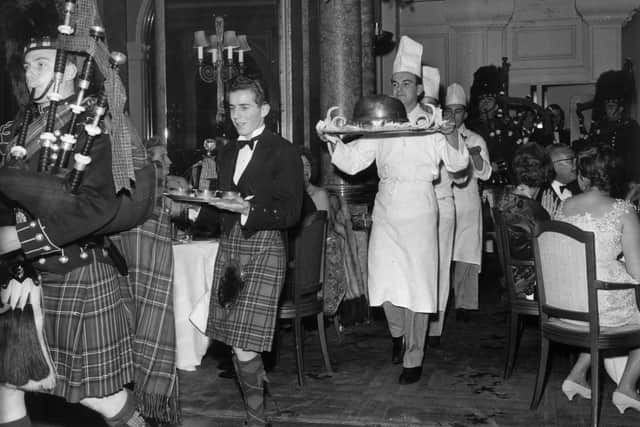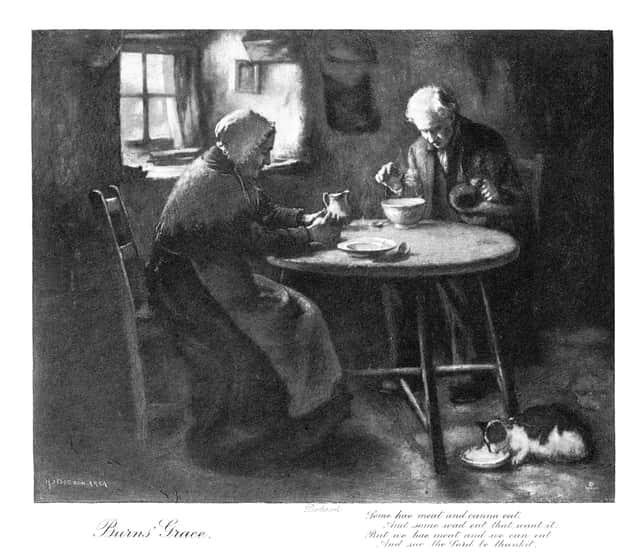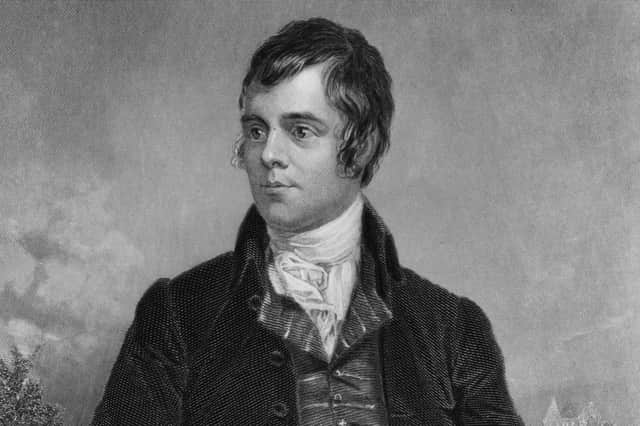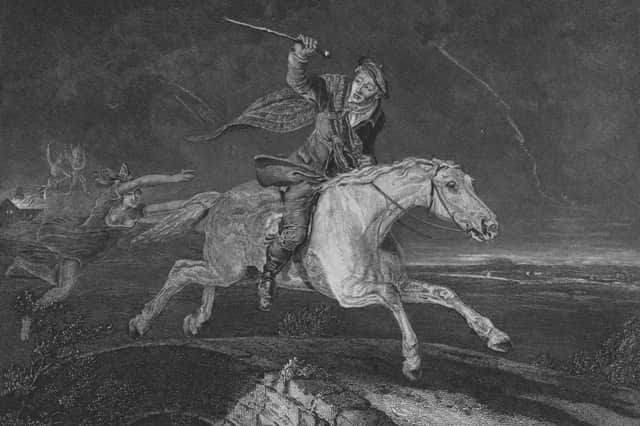What is the Selkirk Grace? Where the prayer came from, what it means and why it's recited on Burns Night
Burns Night is synonymous with haggis, poems, tartan and toasts and the annual traditions are enjoyed by Scots all over the world.
Held on the birthday of the great poet Robert Burns each year, the night is all about remembering the bard’s life and works, while boasting about Scotland’s rich culture and heritage.


Advertisement
Hide AdAdvertisement
Hide AdCelebrations usually include performances of Burns’ poems, including Address to a Haggis and Auld Lang Syne, and, of course, digging into a full Burns supper consisting of haggis, neeps and tatties.
Yet, a lesser-known tradition of the night is the recital of the Selkirk Grace before guests tuck into the food. For many Scots, a Burns Night supper would not be complete without a recital of the grace.
Here’s everything you need to know about the prayer - and where the tradition comes from.
What is the Selkirk Grace?
The Selkirk Grace is a Scots-language prayer traditionally recited at a Burns supper. Usually, the host will say a few words to welcome their guests to the dinner, stating the reason for the gathering.


Then, when all the guests are seated and just before the haggis comes out, the Selkirk Grace is recited. It’s a short prayer, originally said in the Lallans dialect of lowland Scotland, which gives thanks to God for the meal about to be eaten.
The Selkirk Grace isn’t just reserved for Burns Night and is still used at many social gatherings in Scotland, such as weddings, birthdays, and at Christmas.
The Selkirk Grace
Some hae meat an canna eat,
And some wad eat that want it;
But we hae meat, and we can eat,
And sae the Lord be thankit.
Selkirk Grace meaning
The Selkirk Grace is a short prayer of thanks, delivered before a meal. The modern English translation is as follows:
Some have meat but cannot eat,
Some have none that want it;
But we have meat and we can eat,
So let the Lord be thanked.
Where does the tradition come from?
A common myth about the Selkirk Grace is that Robert Burns himself wrote it. In fact, the grace was already known in the 17th century as the “Covenanters’ Grace” or “Galloway Grace”.
Advertisement
Hide AdAdvertisement
Hide AdThe prayer became attributed to Robert Burns after he recited it at a dinner party held by the Earl of Selkirk in 1794, which is where its current name comes from.


As Burns was famous in the country by then, he may have increased the grace’s popularity even though it had been around for nearly 100 years before. The poet was known to recite the Selkirk Grace at many dinners, so eventually people began to mistakenly believe that he wrote it.
Burns actually used the more modern variation of the grace, but many variations of it have been recited over the centuries, with the Lallans version now the most popular at Burns suppers.
Why do we celebrate Burns Night?
Burns Night is considered to be Scotland’s “other national day”, alongside St Andrew’s Day in November. Celebrated on the same date each year - 25th January - the night gives a nod to the life and work of the Scottish poet, Robert Burns.
Rabbie Burns lived between 1759 and 1796, and is widely regarded as the national bard of Scotland thanks to his famous works - including To a Mouse, Tam o’Shanter and A Red, Red Rose - which were penned in Scots or in the Scots dialect.


After Burns died of ill health, nine of the bard’s close friends gathered together to mark the fifth anniversary of his death in July 1801. That first Burns Club was held in the poet’s family home - Burns Cottage in Alloway - and was very similar to the modern celebrations that take place today.
It included a haggis supper, performances of Burns’ own poems and songs, and a toast to honour the poet. The night’s success meant it became an annual tradition, held on Rabbie Burns’ birthday instead.
Comments
Want to join the conversation? Please or to comment on this article.
